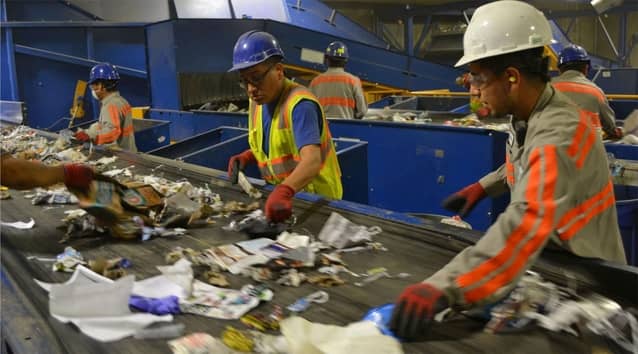
Most of the new sewage treatment plants (STP) are built in Building Basement area. The whole facility is enclosed in a single building. The STP system is a combination of Pre-treatment, primary treatment, secondary (biological) treatment and tertiary treatment. Sewage Treatment Plants produce odor compounds during the treatment process. These compounds are generated by biological processes at different steps within in the plant. Typical areas of odor emissions are the inlet pump station with bar screen chamber, oil & grease trap, biological process, sludge handling, sludge drainage.
There is a wide spectrum of possible inorganic and organic molecules, which can create unpleasant odors. The most common are ammonia, amines, aldehydes, ketones, sulphur compounds, hydrogen sulphide and mercaptans. Especially for treatment plants located in or nearby residence/commercial buildings these emissions lead to problems with residents. Therefore regulations are in place to reduce the emissions and set limits for selected parameters/compounds.
When the STP are built in the basement of the building, as per the rules of pollution control boards (in India) it is compulsory to provide exhaust from the STP room and it is mandatory to use ozone in the exhaust for odor destruction. Ozone is a very strong oxidizer and reacts quickly with organic compounds, since there are majorly organic compounds releasing from the STP so ozone reacts with the organic compounds instantly and oxidizes them.
Normally for Reduction of Odorous gas requires the dilution with outside air. Due the large capacity of fresh air supply, a duct is required which will dilute the polluted air. Generally 5 – 7 fresh air changes are required for STP Exhaust.
The integration of Air Ozonation System and injection of Ozone into Air Handling System is the latest and most popular technology to reduce H2S and NH3 from enclosed STP Exhaust.
H2S + O3 → SO2 + H2O
2 NH3 + 4 O3 → NH4NO3 + 4 O2 + H2O
Ozone is the strongest oxidant available for the treatment of odors - Ozone kills airborne pathogen & viruses - Although ozone is the strongest oxidizing agent and safe to handle - Ozone generators are manufactured in Mild Steel & Stainless Steel are easy to install - Ozone is easily generated onsite with oxygen & electricity (both are readily available) - Easy to control ozone concentration by sensors (Optional) - Compact in design combined with high efficiency - Adjustable ozone sensor (0.02 - 0.1 ppm) (Optional) - Saving Intake of Fresh Air from outside for dilution is greatly reduced up to about 80% - Oxygen for feed gas gives constant ozone outputs without any Nitrogen compounds like (nitric acid & nitrous oxides by products).